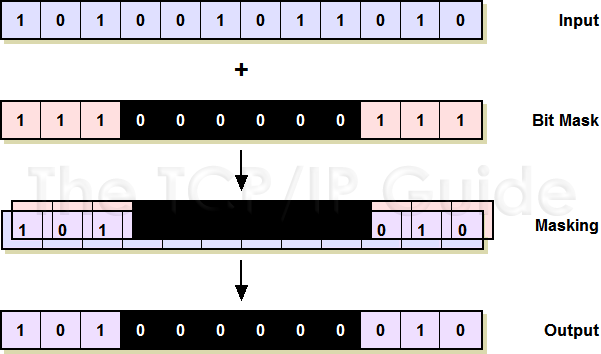 |
|
Please Whitelist This Site?
I know everyone hates ads. But please understand that I am providing premium content for free that takes hundreds of hours of time to research and write. I don't want to go to a pay-only model like some sites, but when more and more people block ads, I end up working for free. And I have a family to support, just like you. :)
If you like The TCP/IP Guide, please consider the download version. It's priced very economically and you can read all of it in a convenient format without ads.
If you want to use this site for free, I'd be grateful if you could add the site to the whitelist for Adblock. To do so, just open the Adblock menu and select "Disable on tcpipguide.com". Or go to the Tools menu and select "Adblock Plus Preferences...". Then click "Add Filter..." at the bottom, and add this string: "@@||tcpipguide.com^$document". Then just click OK.
Thanks for your understanding!
Sincerely, Charles Kozierok
Author and Publisher, The TCP/IP Guide
|
|
|

Custom Search
|
 |
The TCP/IP Guide 9 Networking Fundamentals 9 Backgrounder: Data Representation and the Mathematics of Computing |
|
Bit Masking (Setting, Clearing and Inverting) Using Boolean Logical Functions
(Page 2 of 3)
Clearing Groups of Bits Using the AND Function
To clear a certain pattern of bits, you do a similar masking operation, but using the AND function instead. If you AND a bit with zero, it will clear it to zero regardless of what the bit was before, while ANDing with one will leave the bit unchanged. So, to take the same example above and clear the middle six bits, we AND with the reverse bit mask, 111000000111. This is shown in Table 15 and illustrated in Figure 10.
|
Input |
1 |
0 |
1 |
0 |
0 |
1 |
0 |
1 |
1 |
0 |
1 |
0 |
Mask |
1 |
1 |
1 |
0 |
0 |
0 |
0 |
0 |
0 |
1 |
1 |
1 |
Result of AND Operation |
1 |
0 |
1 |
0 |
0 |
0 |
0 |
0 |
0 |
0 |
1 |
0 |
We can also look at this “clearing” function a different way. We are clearing the bits where the mask is a zero, and in so doing “selecting” the bits where the mask is a one. Thus, ANDing with a bit mask means that you “keep” the bits where the mask is a one and “remove” the bits where it is a zero.
|
| |||||||||||||||||||
Home - Table Of Contents - Contact Us
The TCP/IP Guide (http://www.TCPIPGuide.com)
Version 3.0 - Version Date: September 20, 2005
© Copyright 2001-2005 Charles M. Kozierok. All Rights Reserved.
Not responsible for any loss resulting from the use of this site.






